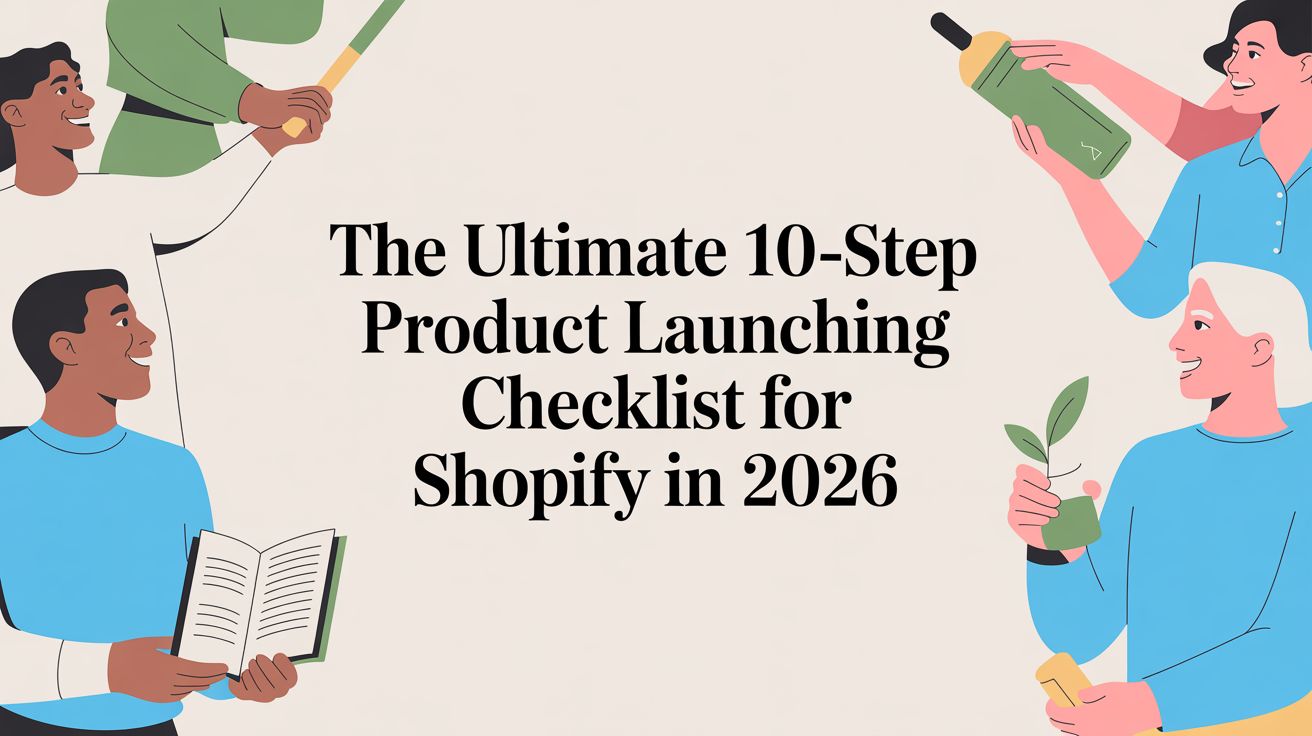
The history of loyalty programs — and what's next

When you want to reward your customers for their patronage and encourage potential sales, loyalty programs are the way to go.
This isn’t news. In fact, we’ve practically known the significance of loyalty programs from the moment makeshift storefronts began. This is also how we know they’ve evolved.
Zsuzsa Kecsmar, the co-founder, CMO and Head of Partnerships of Antavo, a loyalty program technology for omnichannel and eCommerce brands, led us through the start of loyalty programs to now, ties between restaurant and retail programs, and current trends in the marketing channel.
Here's what you should know:
Loyalty programs in the past: Evolving to give customers more options
The rough draft of any new project typically isn’t the final outcome seen by the public. In most instances, the project will undergo revision after revision until the team behind it feels it is capable of effectively executing its purpose. Loyalty programs have experienced a similar fate.
“The core concept of modern loyalty programs existed centuries ago, where shopkeepers gave small tokens to customers (crafted from a cheap material) that they could give back during the next visit in exchange for a small price cut,” Kecsmar said. "Loyalty programs became an officially recognized strategy in the 20th century. Back in the days, there were different variations of the stamp-card method (every 10th coffee is on the house) or a simple point collection system. Nowadays, we call this approach Loyalty 1.0.”
As you may have guessed, Loyalty 1.0 didn’t last forever. Brands eventually realized that this way of rewarding customers for their loyalty was unsustainable. All of the programs were the same. Once customers had 10 coffee shop stamp cards in their wallets, the whole strategy stopped being enticing for them. In other words, Loyalty 1.0 failed to make brands stand out.
This is the exact challenge Loyalty 2.0 tried to solve. In this era (mid-2000s, and even the early 2010s) loyalty programs experienced new ideas. Some used more exciting rewards, others focused on an omnichannel tactic by adding smartphone apps to the mix. In the end, Loyalty 2.0 failed to achieve its goal, because businesses realized that the key to success lies in synergizing all the new features and technology that 2.0 created.
“And this is where we are now, at the age of Loyalty 3.0, thanks to the previous generations, there are plenty of loyalty program elements: personalization, gamification, experiential rewards, VIP benefits, tiers, etc. But Loyalty 3.0 is about picking and choosing from this pool of tools and using them in a way to create a custom-tailored loyalty experience that’s unique to each brand,” said Kecsmar.
Loyalty programs today: Keeping things fresh
Getting rewarded for something you like to do is almost like getting paid to go on vacation: You’d do it all the time if you could, and you’d think highly of your employer afterwards.
Consumers who sign up for loyalty programs are pretty much conditioned to think the same way.
“A common link between fast-food restaurants and retailers is that they generally face a high purchase frequency. Some customers visit their favorite fast-food chain multiple times a week. This means that they would interact regularly with the loyalty program, which is both a blessing and a curse,” said Kecsmar. “On one hand, it’s good, because they rack up points and level up tiers faster, and in turn, meaning they would feel rewarded more often, and this helps to solidify brand loyalty.”
So, what’s the downside? A high interaction rate with the loyalty program means that the company needs to work hard on keeping the experience fresh, otherwise modern customers (who crave novelty and new experiences more than ever) get bored, and look for another more exciting loyalty program.
“To avoid this, the best practice is to use gamification. For example, a Prize Wheel would randomize the kind of reward they would get, adding a touch of excitement and anticipation to each visit. Or a company can introduce a leaderboard, where customers can compare their scores — creating a healthy competition for true brand lovers,” said Kecsmar. “And of course, fast-food restaurants are a segment where recurring freebies (e.g., receive a free dip in every visit if you’re a Silver-tier member), are not only viable, but also expected by customers. Starbucks is a great example: They had freebies on the lower end of the reward spectrum, but truly dedicated customers could bring back a branded coffee cup if they waited long enough.”
Loyalty programs in the future: Focusing on customer emotions
"An important trend we’ve identified in our Global Customer Loyalty Report 2022 is that many of the loyalty programs that are planned to launch in the next three years will focus more on the emotional aspect, rather than transactional incentives,” said Kecsmar. “This would mean that in the near future, many new loyalty programs would tailor their reward strategies to incentivize brand love and build a long-lasting relationship with customers, instead of trying to buy people’s loyalty with coupons and benefits.”
Maintaining brand love in customers has grown increasingly difficult since the pandemic began. We watched marketers come up with creative ways to engage with consumers and customers learn new ways to navigate their experience. Nearly three years later, brands and their most loyal customers are adapting to the “new normal,” but the marketplace is forever changed.
“COVID-19 has changed the game for these sectors permanently. Even if the restrictions are lifted, many customers grew accustomed to ordering online. This might look fine on paper, but fast-food chains and retail shops thrive on the social shopping aspect. They receive a lot of visits and purchases from those who are out of town, passing by, and suddenly feeling an urge to go in, just because they recognize the brand,” said Kecsmar.
Continuing to brave the storm that is COVID-19 and connect with consumers will require your brand to rely on strategies designed to help you stand out from the crowd.
“There are many loyalty strategies fast-food restaurants and retailers can use to stay relevant — have exciting reward categories with merch and partner rewards, not just coupons and discounts,” said Kecsmar. “Knowing what customers actually want is key to being relevant. Loyalty programs have a huge built-in advantage…they can offer incentives [that] encourage members to be open with the brand. Secondly, the way customers interact with the loyalty program provides plenty of insight. Data about the most frequently claimed reward, for instance, gives businesses an indication of what kind of incentive they should focus on the most. “
Loyalty programs are an invaluable part of any well-functioning marketing funnel. It’s for this reason that they’ve lasted through centuries of changes, marketplace restructuring and trends. Knowing where loyalty programs have been and what's expected can help you prepare for what’s to come.

Lindsay Keener is a brand journalist for Quikly. She covers stories that help to inform and educate consumer-facing marketers.

